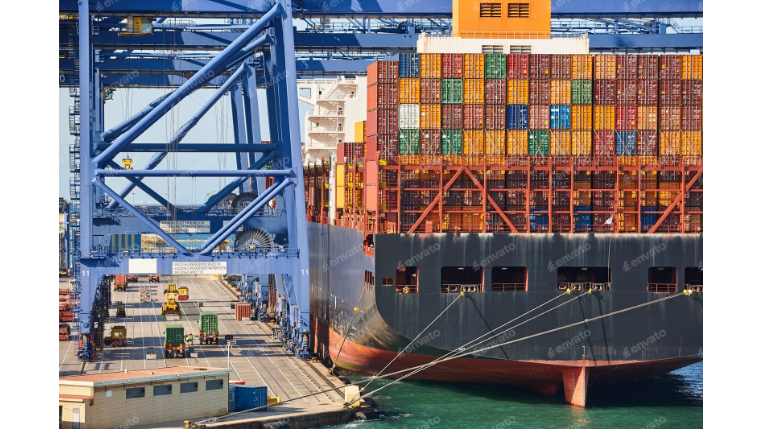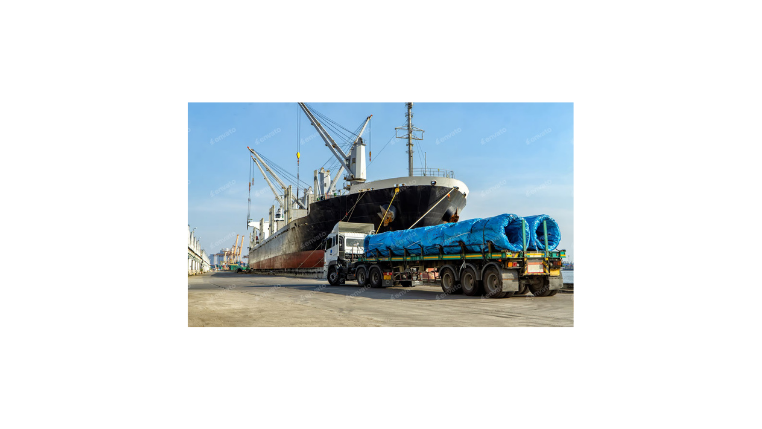The Shipper's Letter of Instruction (SLI): A Guide to Flawless Freight Forwarding
In international shipping, clear communication is the key to a smooth journey for your cargo. The Shipper’s Letter of Instruction (SLI) stands as one of the most vital documents in this process, acting as a comprehensive instruction manual and formal contract between a shipper and their freight forwarder. This blog explains exactly what an SLI is, breaks down its essential components, and underscores why pinpoint accuracy is critical for avoiding costly delays and compliance headaches. By mastering the SLI, your business can ensure its instructions are executed flawlessly, reducing risk and building a more efficient global logistics operation.
What is a Shipper's Letter of Instruction (SLI)?
A Shipper's Letter of Instruction (SLI) is a formal document created by the exporter (the shipper) and provided to their freight forwarder. It contains all the specific details and instructions necessary for the forwarder to arrange the transportation of a shipment. More than just a simple form, the SLI authorizes the freight forwarder to act on the shipper's behalf, often granting them Power of Attorney to prepare and sign other shipping documents like the Bill of Lading (BOL).
Think of the SLI as the blueprint for your shipment. If the commercial invoice describes what is being sold and the packing list describes how it's packed, the SLI describes exactly how it needs to be moved from point A to point B.
Deconstructing the SLI: Key Components You Must Get Right
An SLI is a detailed document that requires careful completion. While formats can vary slightly, every SLI will include the following critical sections:
- Shipper and Consignee Details: The full legal names, addresses, and contact information for both the exporter (shipper) and the importer (consignee).
- Freight and Cargo Description: A precise description of the goods being shipped, including the number of packages, dimensions, gross weight, and net weight. This information must match the commercial invoice and packing list.
- Shipping and Route Information: Instructions on the mode of transport (air, sea, road), the desired port of loading and discharge, and the agreed-upon Incoterms (e.g., FOB, CIF, DAP).
- Documentation Instructions: Specifies who should receive which documents. For example, it dictates whether the original Bill of Lading should be sent to the consignee or held by the shipper.
- Special Handling Requirements: This is a crucial section for any non-standard cargo. Instructions for hazardous materials (HAZMAT), temperature-controlled goods (refrigerated), or fragile items must be clearly stated here.
- Insurance Declaration: The shipper must indicate whether they want the freight forwarder to arrange for cargo insurance on their behalf or if they have their own policy.
- Export Control Information: Includes the Schedule B or Harmonized System (HS) code for the goods and declarations needed for customs and export compliance, such as the Automated Export System (AES) filing information in the U.S.
Why Accuracy on the SLI is Non-Negotiable
A small mistake on an SLI can create significant and costly problems down the line. Accuracy is not just recommended; it's essential for several reasons:
- Avoiding Customs Delays: Customs authorities use the information derived from the SLI for export declarations. Any discrepancy between the SLI and other documents can trigger inspections, lead to delays, and result in fines.
- Ensuring Correct Billing: Freight charges are calculated based on weight, dimensions, and service type. Incorrect information can lead to unexpected and often expensive billing adjustments from the carrier.
- Preventing Shipment Errors: Vague instructions can be misinterpreted. Without a clear SLI, a forwarder might choose a slower shipping route or fail to provide necessary special handling, potentially damaging the cargo or a business relationship.
- Maintaining Legal Compliance: The SLI is a legally binding document. The information you provide is used for official export declarations, and providing false information can lead to severe penalties.
Best Practices for Completing an SLI
To mitigate risks and ensure your instructions are followed perfectly, adhere to these best practices:
- Be Hyper-Specific: Avoid general terms. Instead of "electronics," write "25 boxes of Brand X Model Y computer monitors."
- Cross-Reference All Documents: Meticulously check that the details on the SLI (weight, value, quantity) perfectly match the commercial invoice and packing list.
- Complete Every Applicable Field: Don't leave sections blank assuming the forwarder will "figure it out." If a field doesn't apply, mark it "N/A."
- Communicate Clearly: If you have a complex shipment, don't rely on the form alone. Call your freight forwarder to walk through the instructions and confirm their understanding.
Conclusion
In conclusion, the Shipper’s Letter of Instruction is the central communication tool that transforms your shipping needs into a forwarder's actionable plan. It bridges the gap between your intent and the logistical execution. A detailed and accurate SLI is your best insurance against errors, delays, and unnecessary costs. As supply chains become more complex, digitizing this process is key. Platforms like Modaltrans help businesses create, manage, and share shipping documents like the SLI electronically, reducing manual errors, creating a digital paper trail, and streamlining communication with logistics partners.










